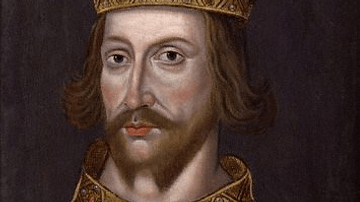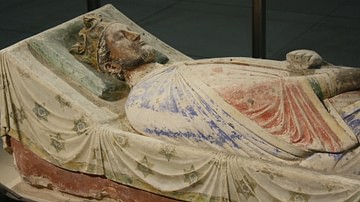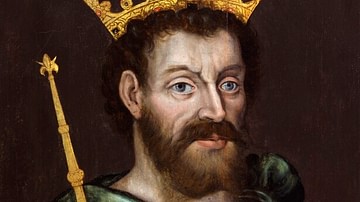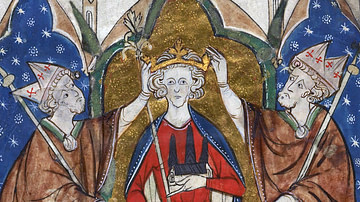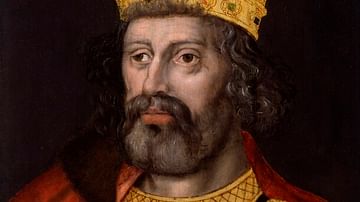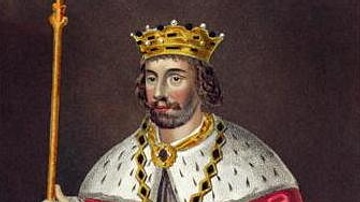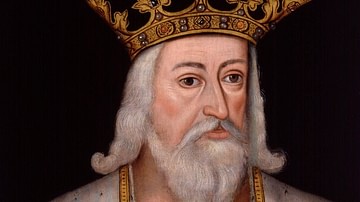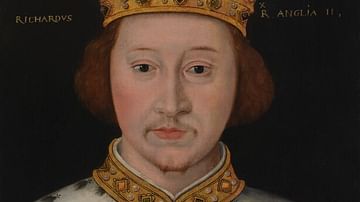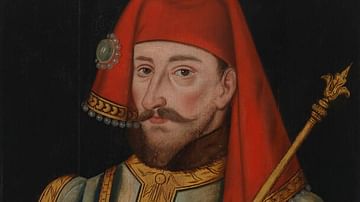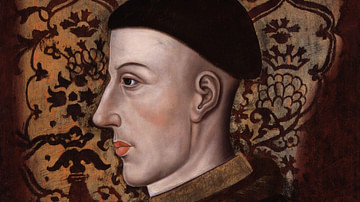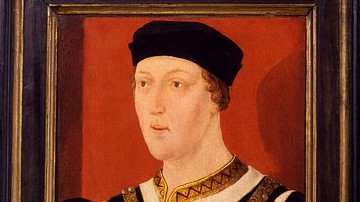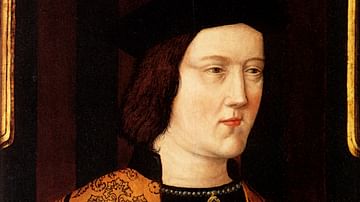The Plantagenets, sometimes referred to as the Angevin-Plantagenets, were the ruling dynasty of England from 1154 to 1485 CE. The name Angevin derives from the family's ancestral lands in Anjou, France and the term Plantagenet (perhaps) from the broom plant (planta genista) used in the coat of arms of Geoffrey, Count of Anjou (l. 1113-1151 CE), the father of the royal dynasty's founder Henry II. In these 331 years of English history, there were heroes like Richard the Lionheart, villains like Richard III, and momentous events which included the signing of the Magna Carta, the Crusades, the Hundred Years' War and the Wars of the Roses. Royal arms were created, castles and palaces were built, and the English language adopted at court as the influence of these monarchs far-outlasted their reigns.
The dynasty, which had by then become the cadet branches of the Houses of Lancaster and York, came to an end with the rise of Henry Tudor, who became Henry VII of England (r. 1485-1509 CE) and founder of the next royal house, the Tudors. In this collection, we have put all the kings of the dynasty together, along with relevant images and videos to explain their deeds and lasting legacy as one of Europe's most important ruling houses.
The Plantagenet kings were:
Angevins
- Henry II of England (r. 1154-1189 CE)
- Richard I of England (r. 1189-1199 CE)
- King John of England (r. 1199-1216 CE)
Plantagenets
- Henry III of England (r. 1216-1272 CE)
- Edward I of England (r. 1272-1307 CE)
- Edward II of England (r. 1307-1327 CE)
- Edward III of England (r. 1327-1377 CE)
- Richard II of England (r. 1377-1399 CE)
Houses of Lancaster & York
- Henry IV of England (r. 1399-1413 CE)
- Henry V of England (r. 1413-1422 CE)
- Henry VI of England (r. 1422-1461 & 1470-1471 CE)
- Edward IV of England (r. 1461-1470 & 1471-1483 CE)
- Richard III of England (r. 1483-1485 CE)
